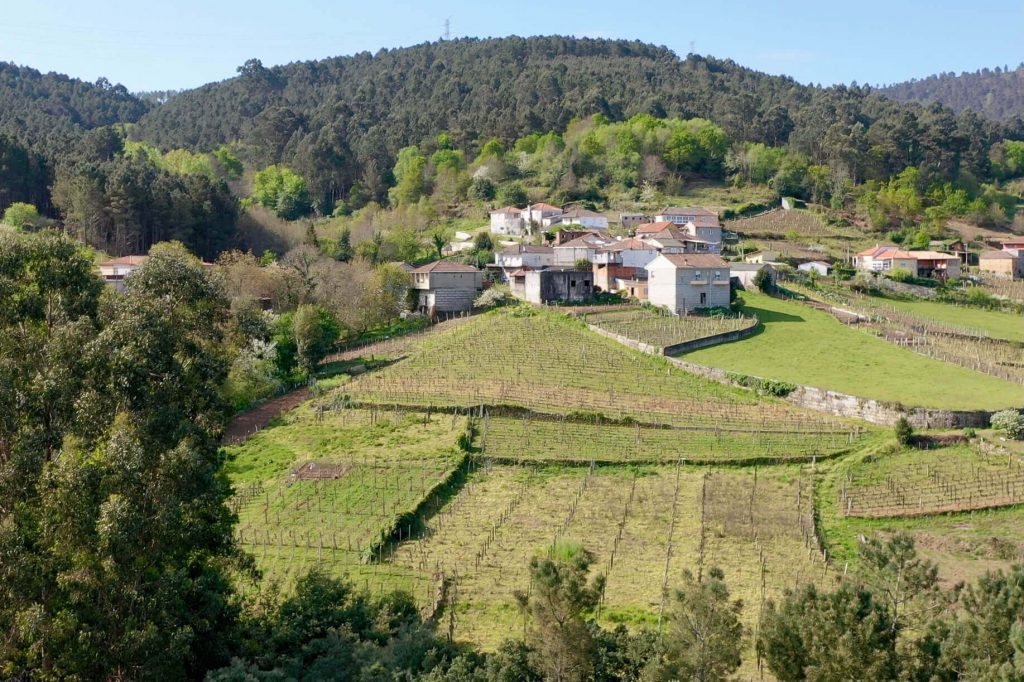

The world calls those from Galicia, Galicians. The Spanish call them Gallegos. They call themselves Galegos. Fazenda, a name associated with the Portuguese and Galego languages is rooted in the Latin faciendus, and parallels the Spanish hacienda, a term that today implies an agricultural homestead, or farm. Both names are extensions of their respective verbs for “to do”: hacer in Spanish; fazer in Portuguese; facer in Galego. Our focus this month is on two of our top Galego growers and they happen to be close friends, former teammates in Spain’s professional league futbol, and fazenda owners: Xabi Soeanes’ Fazenda Prádio is from the far western end of Ribeira Sacra’s Chantada subzone. A windy hour-long drive further west along the steep and rocky Miño River gorge, across the former Roman settlement, Ourense, in the softer-sloped Ribeiro is Iago Garrido and his Fazenda Augalevada. The two share the same organizational mentality, intense work ethic, and regional identity, but their wines are stylistically worlds apart and connected only through the similarities of their Galician terroirs and culture.
Sometimes wines reflect their maker’s physical stature and personality. Xabi’s are robust, powerful, and muscular. They’re also just fun, like the guy, though Xabi is a hungry pirate until he’s had dinner, his first and last meal of the day; he’s fully committed to extreme intermittent fasting. Iago’s wines, on the other hand, are more slender, horizontal, wiry, compact, deeply contemplative and contain their own unique, Neil Gaimanesque fantasy world. Both focus on indigenous varieties, though Xabi is trying to move away from Mencía, the hard-to-quit cash cow he’s famous for, in favor of more historical local varieties. (Mencía is not believed to be indigenous to Ribeira Sacra but was brought in from Castille y León due to its uniformity, higher yields, and higher consistency compared to most indigenous grapes.)

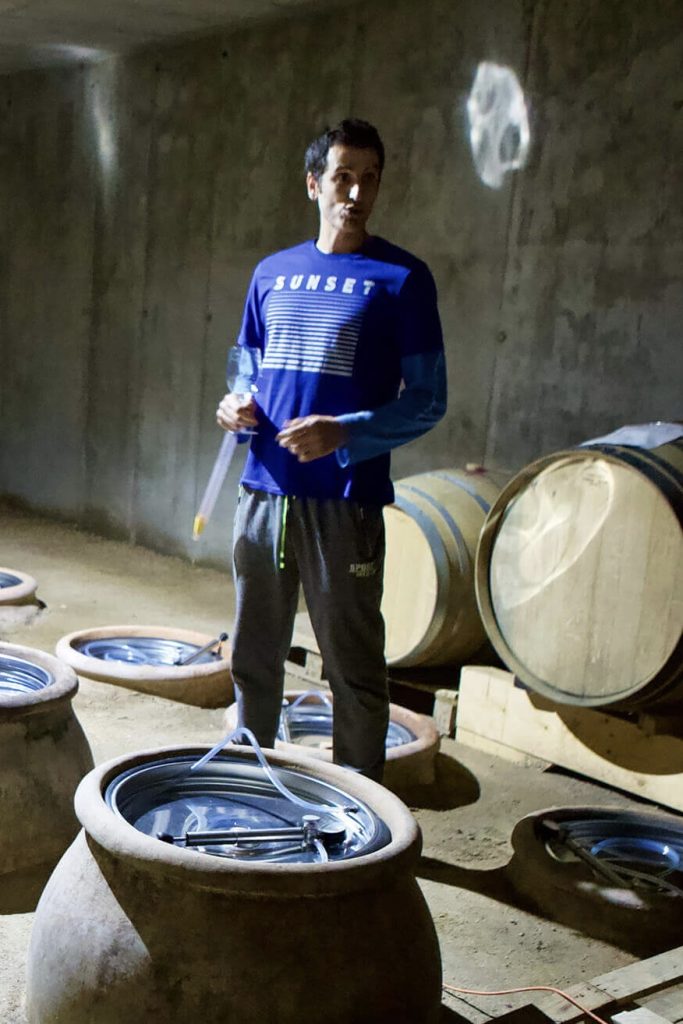

Challenging vintages are full of surprises and are usually good ones with intuitive growers. Understanding the details about a vintage is helpful to better understand why things turn out the way they do, but measuring sticks are less important for those of us who like different shades from the same terroir. Critics often give too much credence to vintage conditions early on when establishing their point scores, and while they’re sometimes not too far off, they can be overly cautious with those that don’t check their ascribed weather-condition boxes for greatness. (And in some regions like Burgundy they often don’t break from terroir hierarchy, even if a wine from a lesser terroir is better crafted than one with a higher assumed pedigree.) If the terroir has a strong character, it may show even better in challenging vintages than the supposedly universally “balanced” ones. But isn’t balance subjective? Indeed, there’s no room for subjectivity with a person balancing on a highwire, but with wine there is, and it seems to be more than ever. Our perfect isn’t everyone else’s. One may believe that Italian espresso is unparalleled in average quality (even Italy’s Autogrill freeway stops offer legitimate coffee), but it’s not everyone’s favorite. Each vintage has its own balance regardless of whether it fits our idea of what that means.
With a cold spring and summer and a long dry spell before a rain-plagued harvest, Galicia’s 2021 season fit the bill as a challenging one. (Though what year in Galicia hasn’t been?) 2021 once again tested the already hard-working Galicians who habitually lose more crops than most regions, courtesy of constant mildew pressure. It was a cooler year, and it was drier. But when harvest arrived, the fast-moving Atlantic systems moved in and rain darkened the skies and the spirits of the growers.
Galicia has come a long way over the last decade, having gained valuable experience in rising to their typical challenges. Some remain unsure about their results, but many are quite good. At the early stages of their evolution, the wines seem generally fresh and fluid, with a welcome touch of austerity. Northwestern Iberian wines are often slightly lower in alcohol than the average, and the overall style of the 2021s seems, at least at this moment, tighter and less exuberant on fruit than in recent years—not a troubling characteristic in an ever-increasing alcohol and fruit-heavy wine world. From our growers, the wines are a little tighter and more focused: qualities we seek.
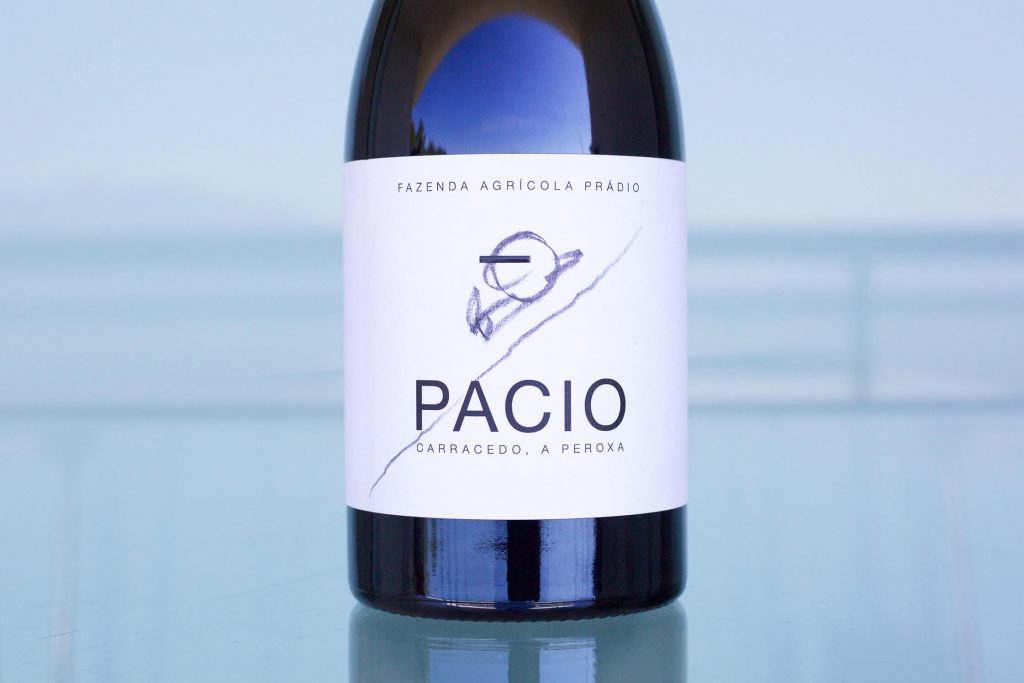

Xabi Soeanes’ vineyards were planted in 2000 by his father, Manuel, on a carved-out, steep hillside of schist and granite. Eventually, Xabi grafted some Mencía vines (which initially covered the entirety of their vineyards) to the indigenous varieties Caíño Longo, Brancellao, Merenzao, and Espadeiro, though the latter is not allowed in Ribeira Sacra D.O. wines. He used to make single-variety wines but because the historical way of making them here involved blends, he came to believe that the sum of multiple parts makes a more complete wine. It’s lovely to taste all the grapes vinified and aged separately in the cellar, and I can’t help but push him with my mono-varietal mind (which is changing…) to bottle some separately, but he’s right: combinations are more complex, and when properly unified they produce dynamic wines with strength and the right amount of lift and tension in all directions, with few gaps in fluidity.
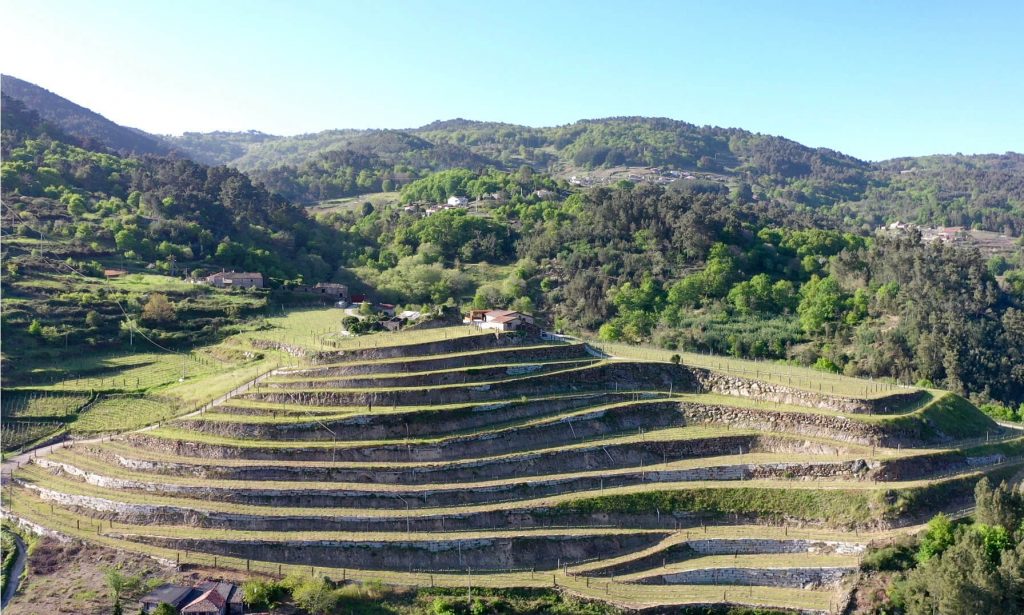
Prádio’s 2021 Mencía is vinified and aged similarly to Pacio but it’s entirely Mencía. It’s uncommon to find Mencía planted west of Ribeira Sacra, and Prádio’s is one of the furthest west in his appellation. His vineyards are inside Ribeira Sacra’s subzone, Chantada, one of the most Atlantically influenced of the region’s five subzones. Mencía is not gifted with high natural acidity, so the stronger Atlantic influence helps maintain freshness. It’s darker and more profoundly textured and mineral than most Mencía wines, which is also influenced by the shallow topsoil on hard bedrock. While other top wineries in Ribeira Sacra bottle wines from grapes grown throughout the appellation, Prádio has one large vineyard of contiguous parcels with a multitude of southerly exposures.
The 2021 Pacio Tinto is the blend of Xabi’s best barrels. The grapes are fully destemmed, kept separate and ferment naturally over 7-10 days in granite lagars (shallow and wide rock vats, like a kiddie pool). The wine, composed of a blend of Caíño Longo and Brancellao, is only free-run wine prior to pressing and it’s aged in older 500L French oak barrels for about a year. Normally Pacio has Merenzao in it too, but Xabi wasn’t satisfied with the results in order to include it in the 2021 Pacio. It’s a pity because Merenzao, known as Trousseau in France, is aromatic and delicate and adds more lifted fruit and floral elements; it’s always vying for everyone’s top pick during the barrel tastings. 2021 appears to be a massive success. It’s strong on all points, with a profound depth in texture to an expansive range of floral, fruit and herbal aromas tied together with a marine-like iodine saltiness and wet green-forest freshness.
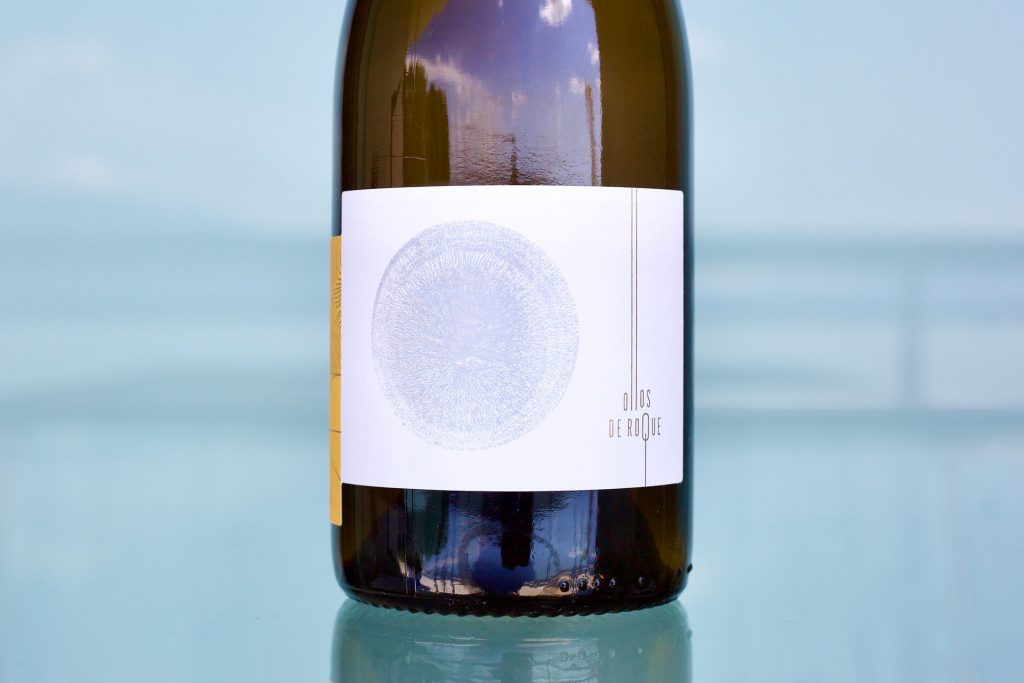

In 2014, Iago Garrido buried an amphora filled with Treixadura in his newly replanted biodynamically farmed granite vineyard inside Ribeiro’s Avia River Valley. Initially convinced he made a mistake with the discovery of a flor yeast veil, he later realized this errant shot actually hit a vein of gold that went on to define the direction of his wines. And while Prádio’s wines are equally compelling, they are more straightforward than Iago’s off-the-grid, fully liberated wines that need a more thorough examination (and explanation, if even possible).
Iago continues the quest for his uniquely undefined and mysterious holy grail. In a constant state of experimentation, his wines meander off the normal path in search of their identity and voice only to return to form in time for bottling, or sometimes a year or so later. Some tastings with Iago out of his amphoras and old oak barrels (now with some ancient sherry barrels in the mix along with the large old French casks) are of the most authentic and emotionally stirring I’ve had out of vat. Each wine presents a winding and limitless narrative of its season’s idiosyncrasies and the grapes’ year-long journey of alchemy under the veil of flor, gently guided by his nose and hands in his frosty, toe-numbing cellar.
From purchased grapes in rented vineyards that Iago works himself along with those of trusted organic farmers, Iago’s Mercenario range remains his main testing ground. This season we find the experiments bottled under a single white and red. (What doesn’t make the cut often ends up in a proprietary blend for some of his restaurant clients.)
The 2021s strike me as a return to the 2018 vintage in style, though the vintages are quite different. They are eccentric but engaging—even though the 2018 Albariño from Salnés was lightning-bolt extreme, it was also as pure as spring water. The 2021 Mercenario Blanco’s extensive complexity is thanks to a combination of young and old Treixadura, Albariño and Godello vines scattered through many microclimates in the unofficial Ribeiro subzones of Arnoia, Avia, and Miño. Grown at altitudes of 100-300 meters on a multitude of aspects with a geological diversity that includes igneous (granite, granodiorite) and metamorphic (gneiss, schist, slate) bedrock with shallow to deep sand and clay topsoil, the result is wine with great depth. In the cellar, it was cleverly fermented in steel at very low temperatures to encourage a greater presence of fruit in what are often extremely savory and overly mineral-led wines; in Galicia, it’s possible to be over the top on mineral and metal notes. Its cellar aging after fermentation lasted ten months partially under the naturally developing flor, split between amphora and 500-600l old French oak barrels.
Tasted in late September, this Ribeiro white led with lightly oxidative citrus and yellow apple notes that quickly freshen up in minutes to pure white flesh of green pear and green apple. The flor was present but not dominant, and it was a rollercoaster of finely etched nuances inside explosive framing. Other micro nuances present were white grass, cherimoya, preserved lemon, orange zest, melon, and sweet celery (a classic Treixadura note). This wine was a journey and would be perfect with salads, seafood, and fish.
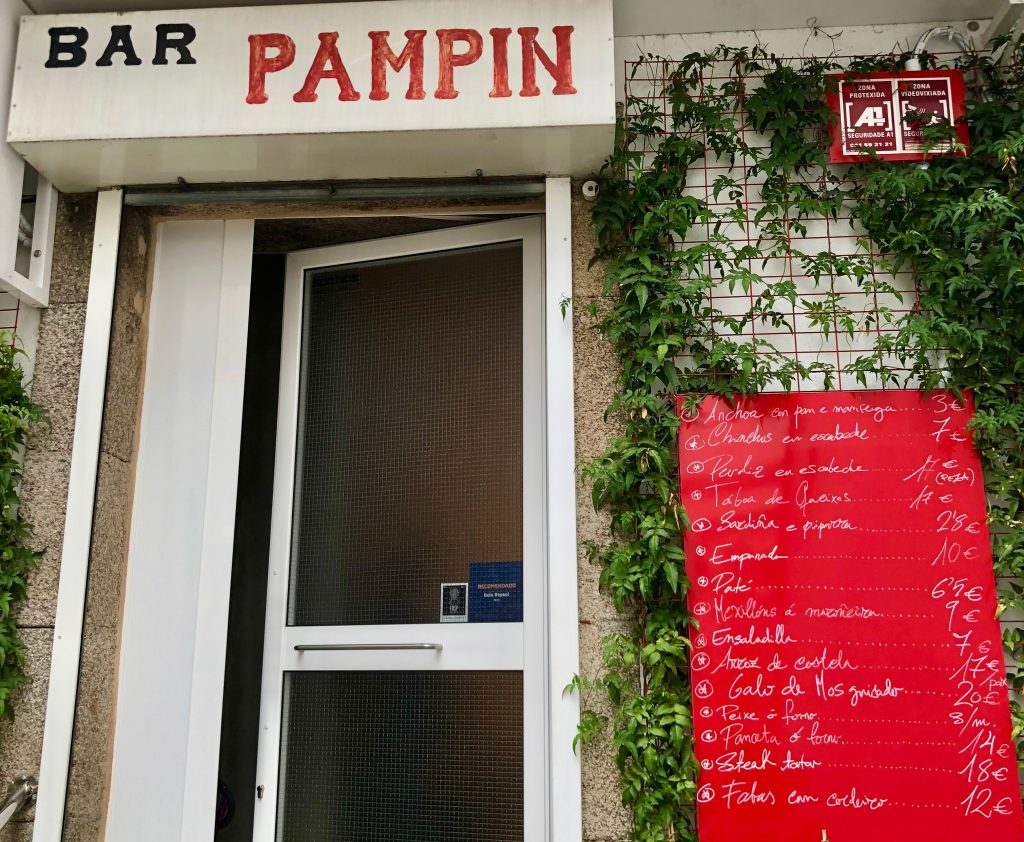
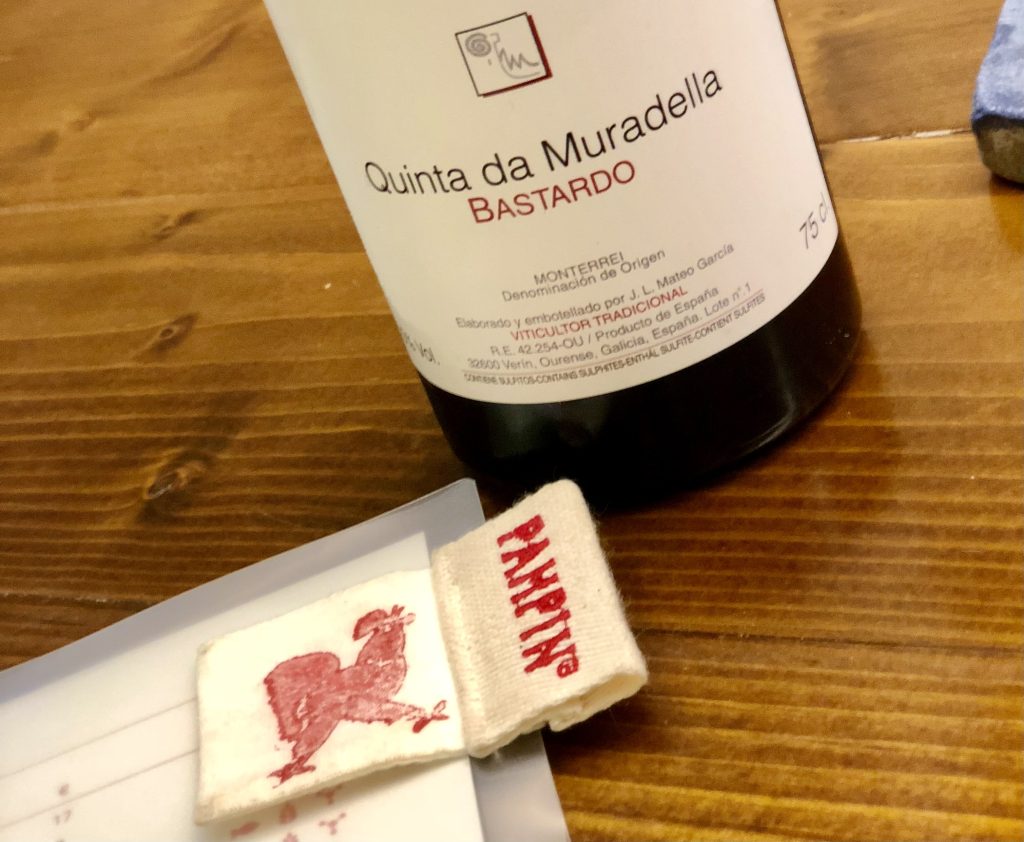
I had the 2020 Ollos de Roque over the last month, once at home and again in Santiago de Compostela’s back-alley speakeasy restaurant, Pampin. (Make sure to have the anchovy toast!) With living wines, every bottle has its own distinct life. Upon opening, the first bottle at home was aromatically snug while the second at Pampin came out hot as fireworks. They were both vivacious curiosity magnets with the first a little backward initially but with a dreamy and seductive reductive/mineral aroma that eventually fell in line with the extremely extroverted second bottle when it had more time open. Stationed in my fridge for days with periodic visits, it was bulletproof, always on point after the first twenty minutes open, and forever positively evolving. The Pampin bottle was an immediate supernova and didn’t let up. Consequently, we finished it before our first course was over.
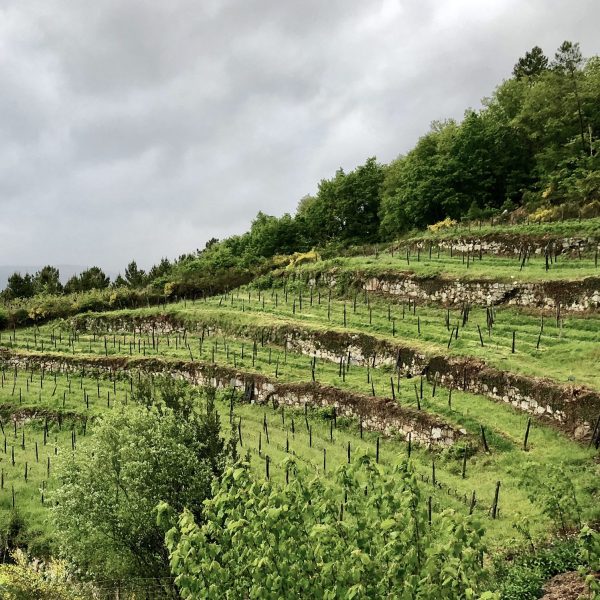
The 2021 Crianza Biolóxica is intense and densely phenolic—perfect for hearty and very flavorful food. Made from Salnés Valley Albariño purchased from winegrower, Xurxo Alba (the generous superstar owner and winegrower of Rías Baixas bodega, Albamar), grown on granite soils at nearly sea level next to the Atlantic, it’s completely under flor for ten months in old 600l French oak and 500l Jerez American oak barrels. (Unfortunately, Iago lost the “flor mother” to a cellar flood this year.) Over the first hour, the juxtaposition of the Jerez barrel’s olfactory patina and the granitic Albariño picked early compels a double take after each sniff and sip. Like a Champagne base wine, it’s incredibly minerally, salty, austere, powerful, and salivation-inducing. We have so few bottles to offer with only five cases imported to the US, but they are a completely unique experience and it’s worth seeking a bottle or two.
The 2018 Mercenario Tinto is a gloriously fine and uniquely harmonic wine. It was, and remains, so close to a Pierre Overnoy Poulsard-style wine (granted the Galician terroir is about as different as you can get from the Jura in geology and culture, and Overnoy is indeed one of a kind, though not an untouchable reference point). I bought numerous cases and have nursed these dainty, minerally, 11% alcohol reds heavy on x-factor since their release four years ago and it remains one of the most consistently thrilling wines I frequent. The 2019, 2020 and 2021 reds had more extensive experimentation with stem inclusion, and they departed from the more filigree, fruitier style of the 2018 into darker wines (but still relatively light hues for reds) with a longer awkward stage after bottling.
After tasting the 2020 in barrel, we spoke about stems and their amplification of savory notes in this more Atlantic-influenced area of Galicia, which risks leaving them with even less fruit for wines that are not fruity to begin with, unless they’re intentionally fruity as a result of cellar techniques. Red wines made in a region that naturally lead with big rocky, metal, mineral notes, make finding the balance tricky. And if one wants to break out the mineral measuring stick, be prepared to be humbled by Galician reds. While many regions try to curb the overt fruitiness of their wines, Galicians need to work to preserve it. (Perhaps the exception may be the non-indigenous and most famous red grape of the region, Mencía.) One key to Galicia’s success with red wine in the global market may be to encourage a greater presence of fruit in their densely mineral and sometimes screechingly acidic wines. Indeed, earlier in this newsletter I mentioned the subjectivity of balance, but these Galician red wines can be extreme in mineral and metal characteristics and very spare on fruit. They are not for everyone, and even some wine geeks have been slow to take up the challenge.
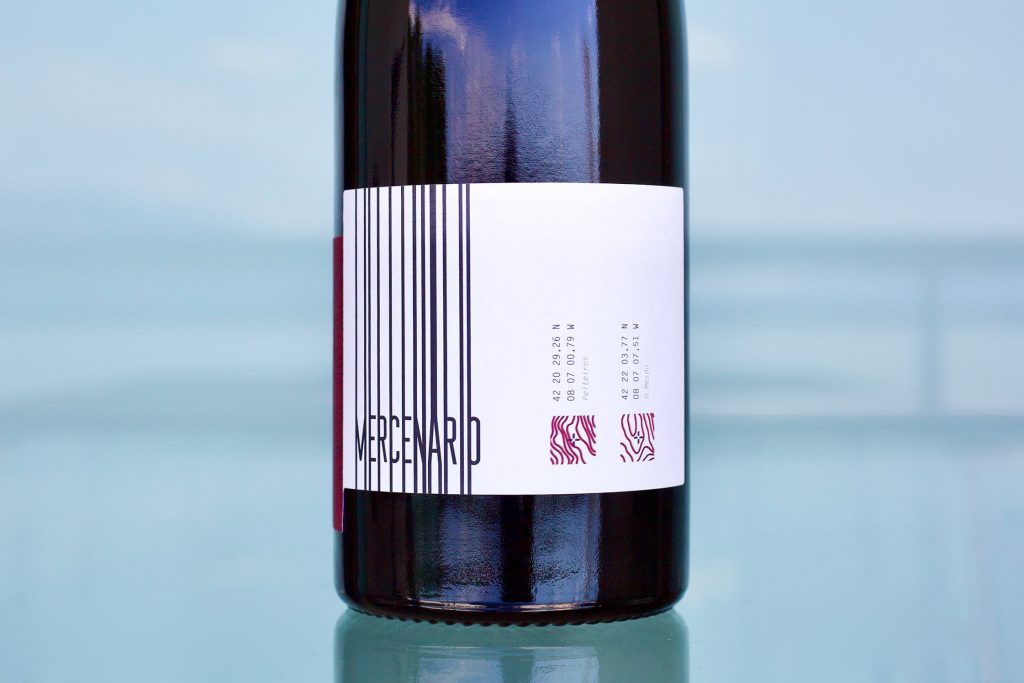
A bottle of 2021 Mercenario Tinto opened in September growled and sneered at first. Reductive elements and animal notes put up an aromatic fight, but with time open they released their grip on the fruits and flowers. A second bottle opened only a few days before we published this newsletter, was softer from the start and more open. The knowledge gained from the 2019 and 2020 stem experiments brought greater integration of the full stem maceration of 2021, and perhaps built in what he thought to be missing in the 2018. The 2021 is not as a pure as the 2018, but it’s in the same line of elegance.
Iago still finds my enthusiasm for the 2018 amusing, or perhaps an attempt at flattery. Or maybe after all this time of experimenting and progressing he’s annoyed that I continue to remind him that he nailed it in 2018. Perhaps he finds the 2018 too simple or it’s hard for him to believe that he did something so special so early in his career, something that wasn’t the sort of direction-defining accident that burying the amphora in his vineyard was, developing the flor that’s now known to be the Ollos de Roque prototype. But the simplicity of the 2018 hit the mark, even if I don’t believe it’s a simple wine. I think it was Iago’s second vein of gold, and after sharing more than thirty bottles with my wife it remains one of my most consistently compelling red wine experiences out of Iberia.
There are moments when this whole cluster, 35-day fermentation blend of Caiño Longo, Brancellao, Espadeiro and Sousón aged for ten months in amphora and old French oak drops you into the ancient Variscan Mountains, the same geological structure of granite and schist formed some 300 million years ago found in some western European wine regions. The first bottle had moments where it seemed to be Côte-Rôtie from a cold vintage and without new wood, or a jump to high-altitude Beaujolais on granite. The second was like a light Santa Barbara County Pinot Noir from the 90s with that barnyard appeal and charm but the pointed palate textures of the Ribeiro and immediate appeal. Both were compelling and alive but like so many of the world’s most interesting wines, it needs time.


